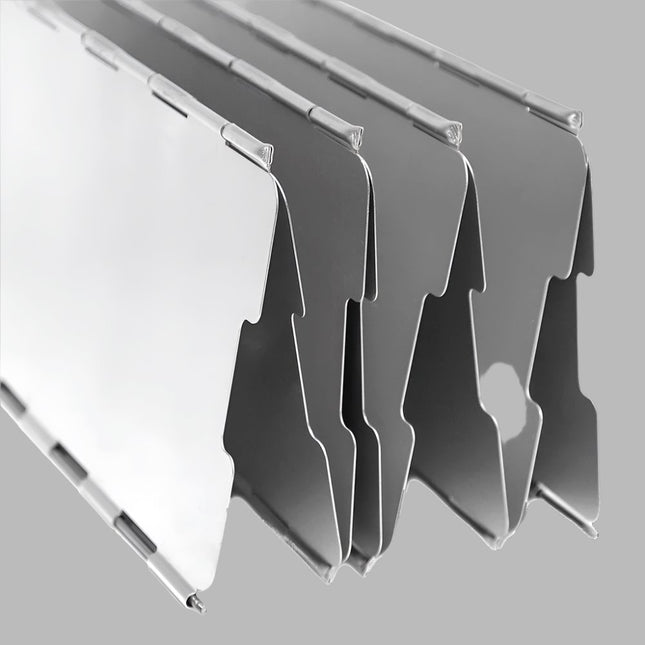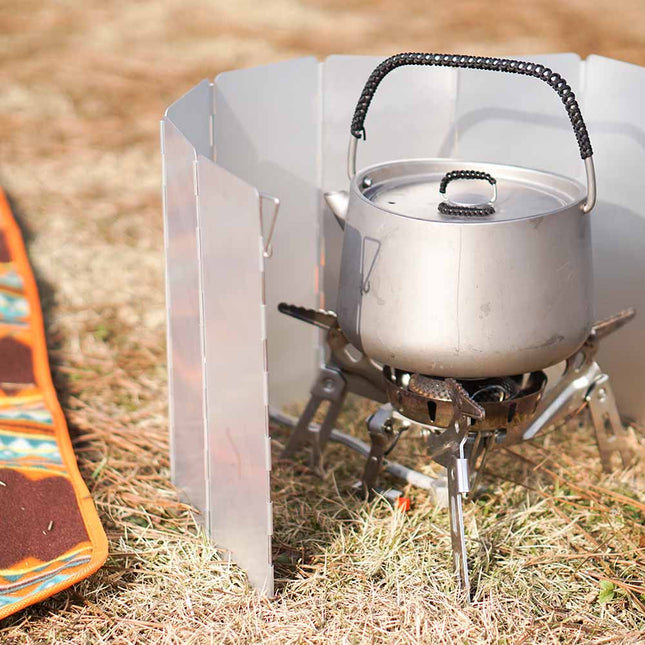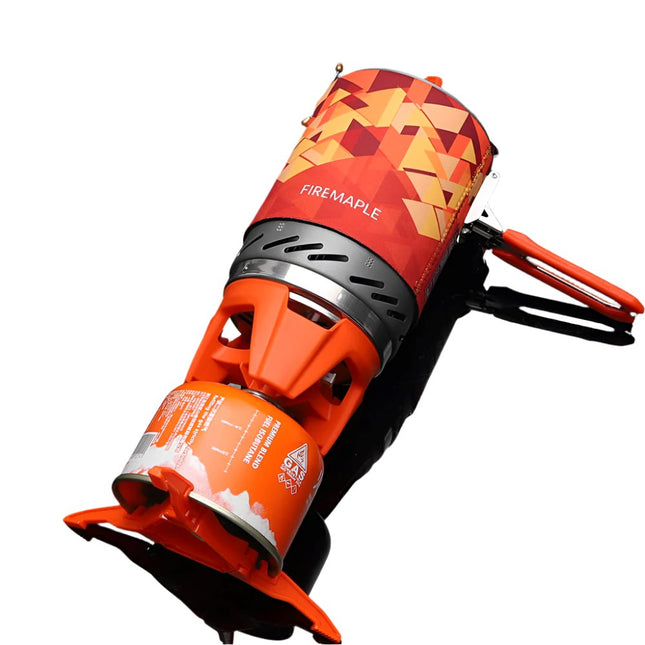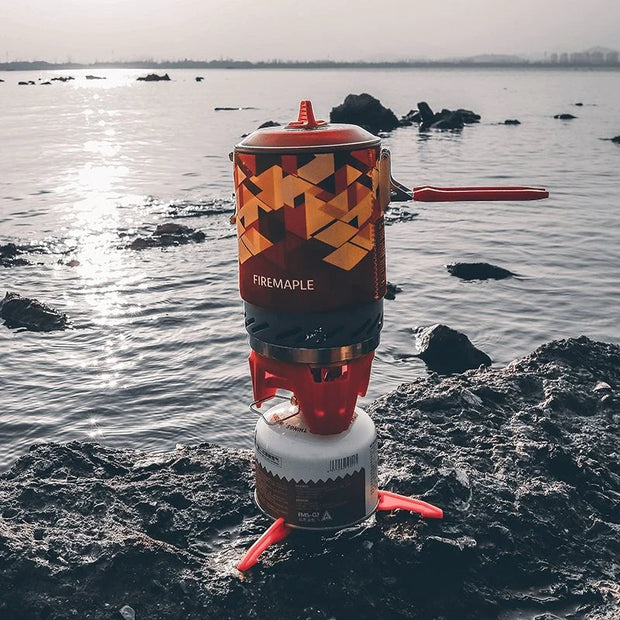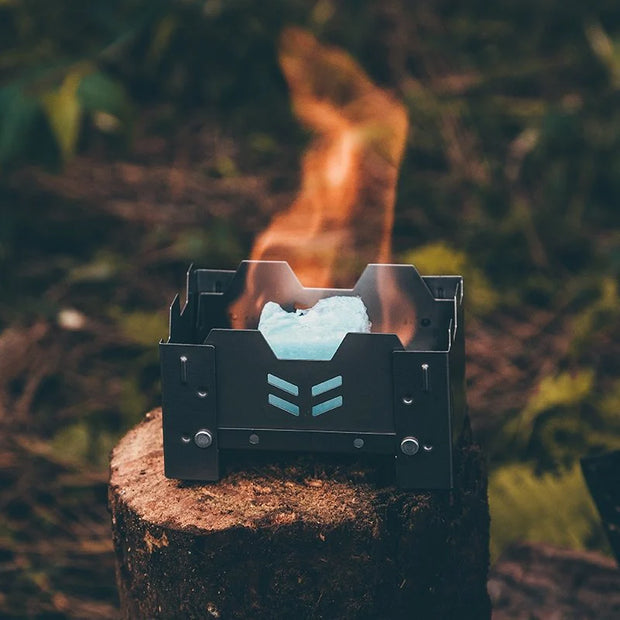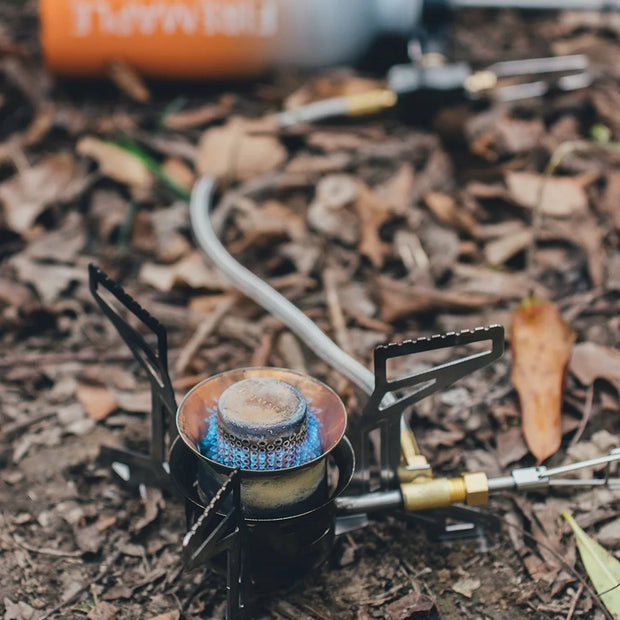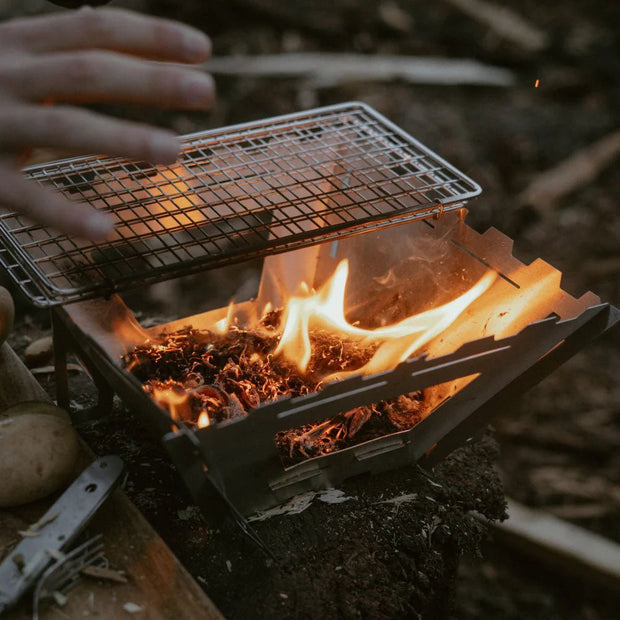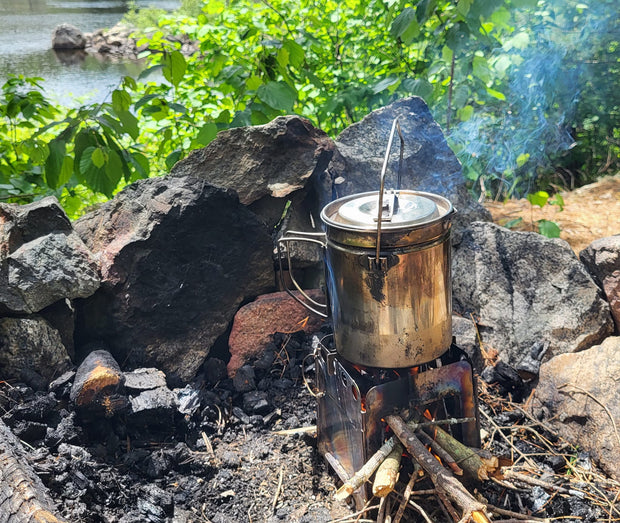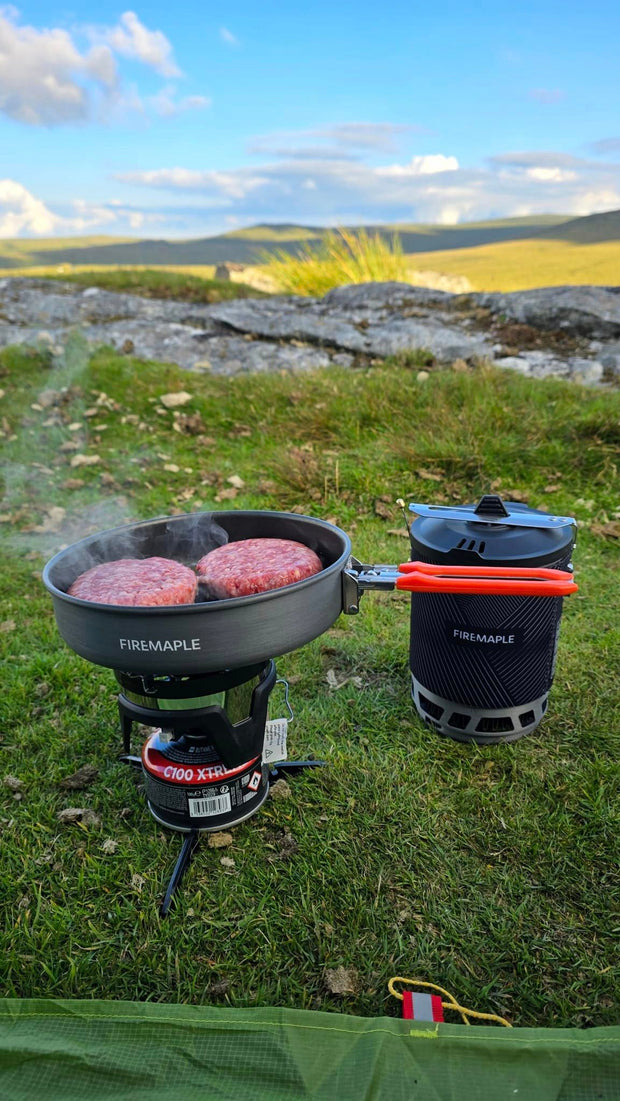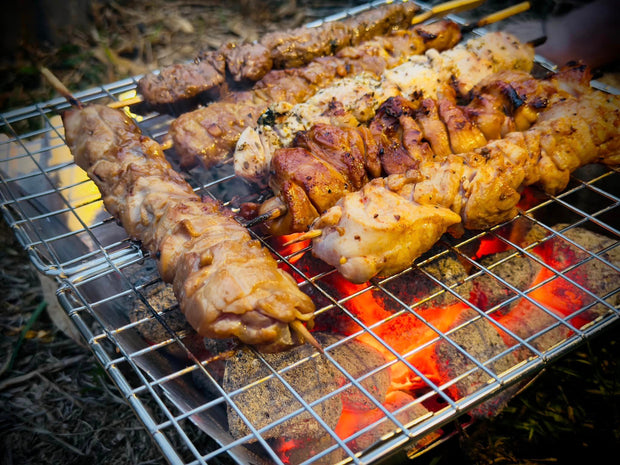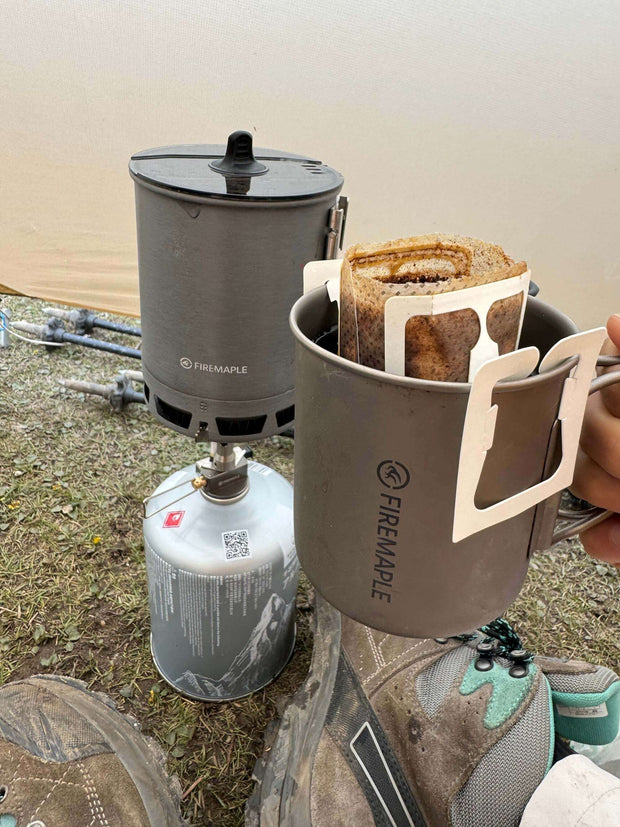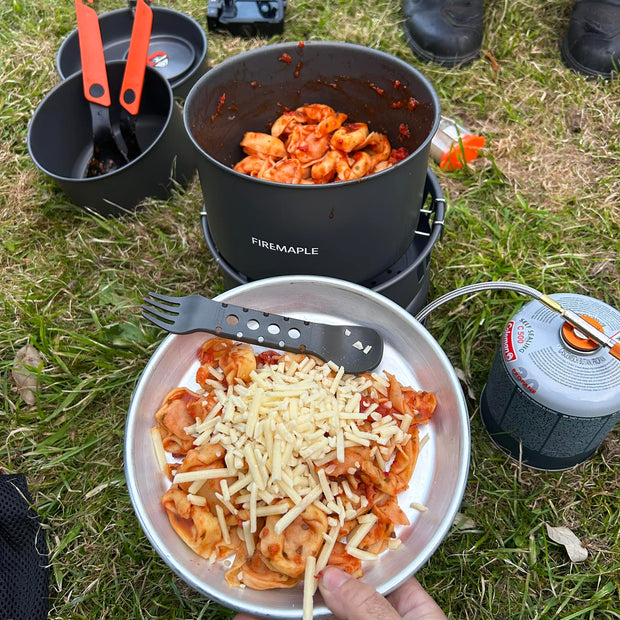Camping Stove
Cook Anywhere with Hiking Stove Built for Aussie Adventures
Whether you're pulling up by a river, hiking through the bush, or setting up at your favourite campsite, having the right cooking gear makes all the difference. Our range of camping stoves is built for the outdoors — reliable, easy to use, and perfect for meals under the stars.
Why You'll Love These Camping Stoves:
-
Tough & Reliable
Made to handle wind, uneven ground and rough conditions — no worries out bush or on the coast. -
Fuel-Smart & Efficient
Designed to use less fuel without skimping on heat, so you can cook longer with less to carry. -
Quick Setup, Easy Pack Down
Get cooking fast, then fold it all away without hassle — ideal for travellers on the move. -
Compact & Lightweight
Great for hikers and campers short on space but big on adventure. -
Versatile Cooking
Boil a cuppa, sear a steak, or slow-cook your camp stew — whatever’s on the menu, you’re sorted. -
Sustainable Options
We stock eco-friendly choices like bamboo charcoal and firewood setups, so you can cook clean.
Perfect For:
-
Hiking trips and multi-day treks
-
Off-grid camping and 4WD getaways
-
Weekend escapes and beach BBQs
-
Winter stays and all-season exploring
Whether you’re brewing coffee before sunrise or grilling dinner by the fire, these camping stoves help you eat well and stay warm wherever you roam. Built to last, easy to carry, and ready for action — this gear’s made for real Aussie adventurers.
Explore the range and gear up for your next trip.




